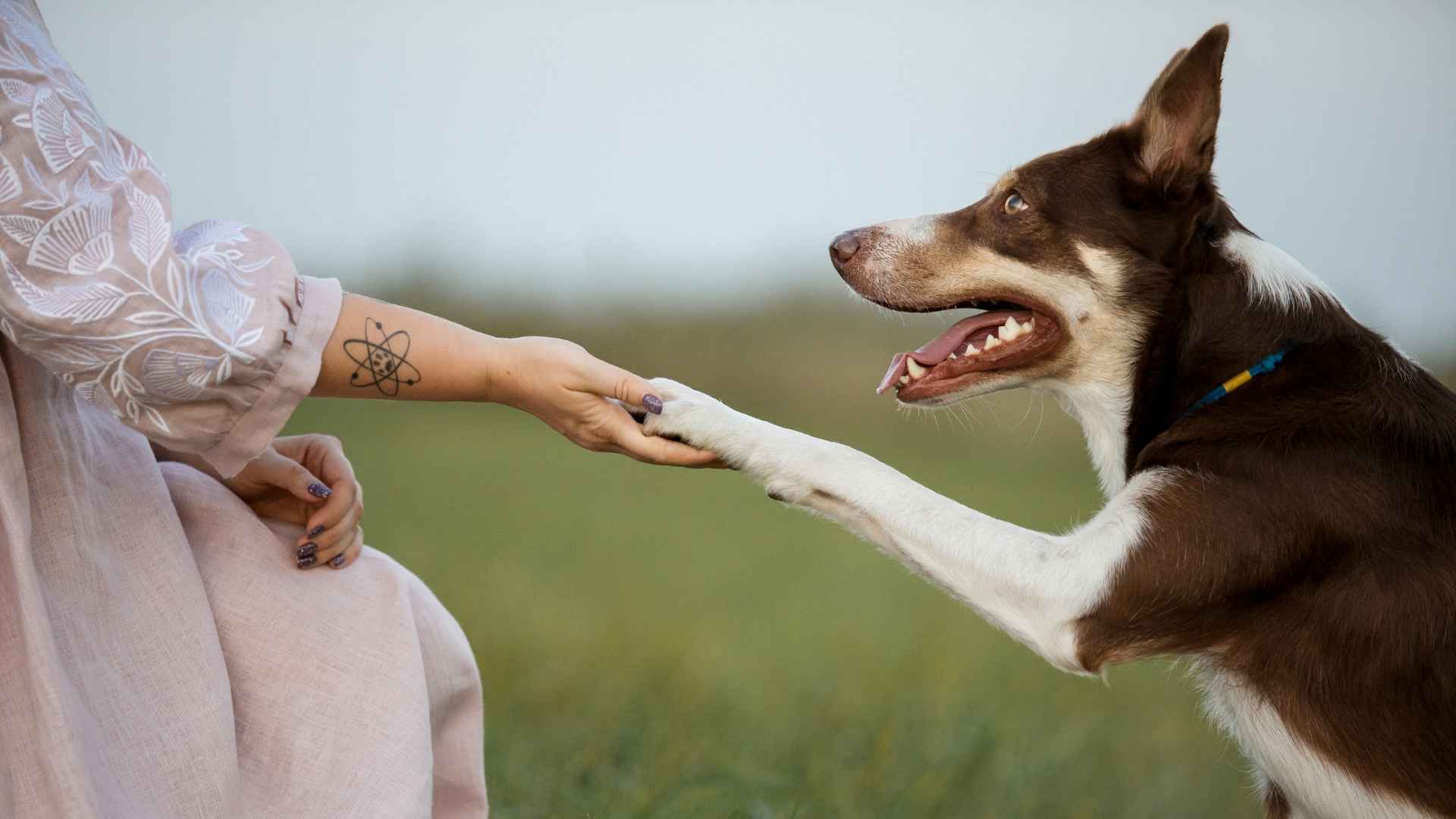Ever felt like your dog thinks they own you? Some breeds take loyalty to an extreme, refusing to share their favorite human with anyone else. Whether it’s growling at guests or squeezing between you and a loved one, possessive dogs make their feelings clear. While this behavior stems from deep devotion, it can quickly become overwhelming if not properly managed.
If you’ve ever wondered why some dogs get jealous when you pet another animal or why they follow you from room to room, you’re not alone. Certain breeds are hardwired to guard their owners fiercely, making them some of the most possessive dogs in the world. But which breeds top the list? Keep reading to discover the most possessive dog breeds and what makes them so clingy!
Did You Know?
Dogs can experience jealousy, just like humans! Studies have shown that many dogs display possessive behaviors when their owners show affection to another pet or object.
Most Possessive Dog Breeds
1. Dachshund

A Dachshund takes possessiveness to a new level, guarding their favorite person like a priceless treasure. If they claim you as their own, expect them to shadow your every move, bark at intruders, and fiercely protect their chosen space.
Despite their small size, they have boundless energy and a fearless attitude. Originally bred for hunting and burrowing, they love digging and sniffing hidden treats. Puzzle toys keep their minds engaged, preventing boredom-driven mischief that this clever breed excels at.
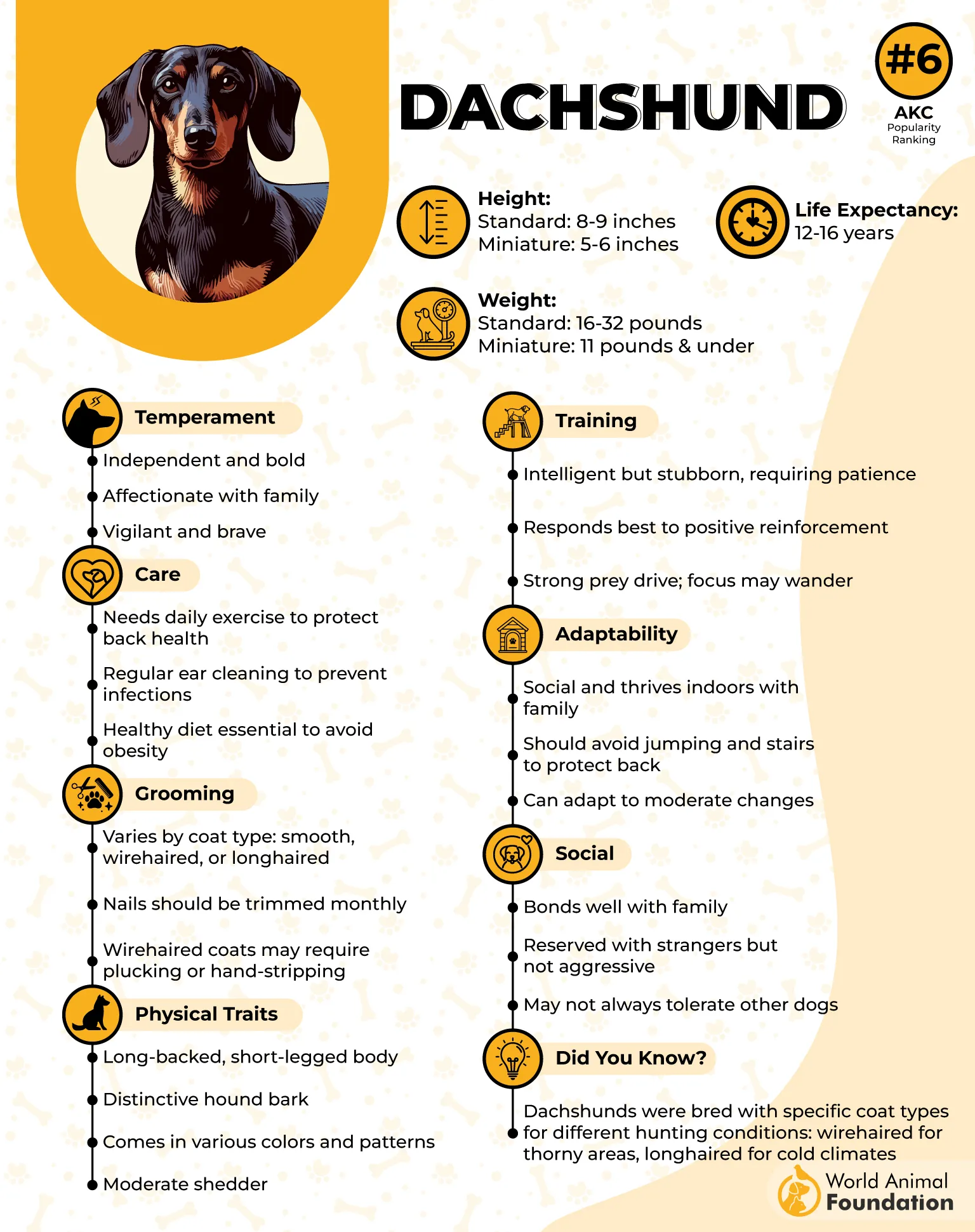
Their long bodies and short legs may look adorable but require special care. Jumping off furniture can strain their backs, so ramps are a great investment. Regular vet check-ups help prevent spinal issues, ensuring they stay active and healthy.
Dachshunds have big personalities wrapped in a small package. They demand attention, preferring to be in the center of household activities. If left alone too long, they might protest with an impressive range of barks, whines, or even stubborn stares.
According to AKC, training requires patience since Dachshunds have an independent streak. They respond well to reward-based methods but can easily outsmart unprepared owners. Consistency is key, as they have a way of bending the rules when given the slightest opportunity to do so.
Fun Fact
Artist Pablo Picasso so beloved dachshunds that he often painted them. His own Dachshund, Lump, was reportedly the only creature allowed to eat at his table, proving just how charmingly persuasive these little dogs can be.
2. German Shepherd
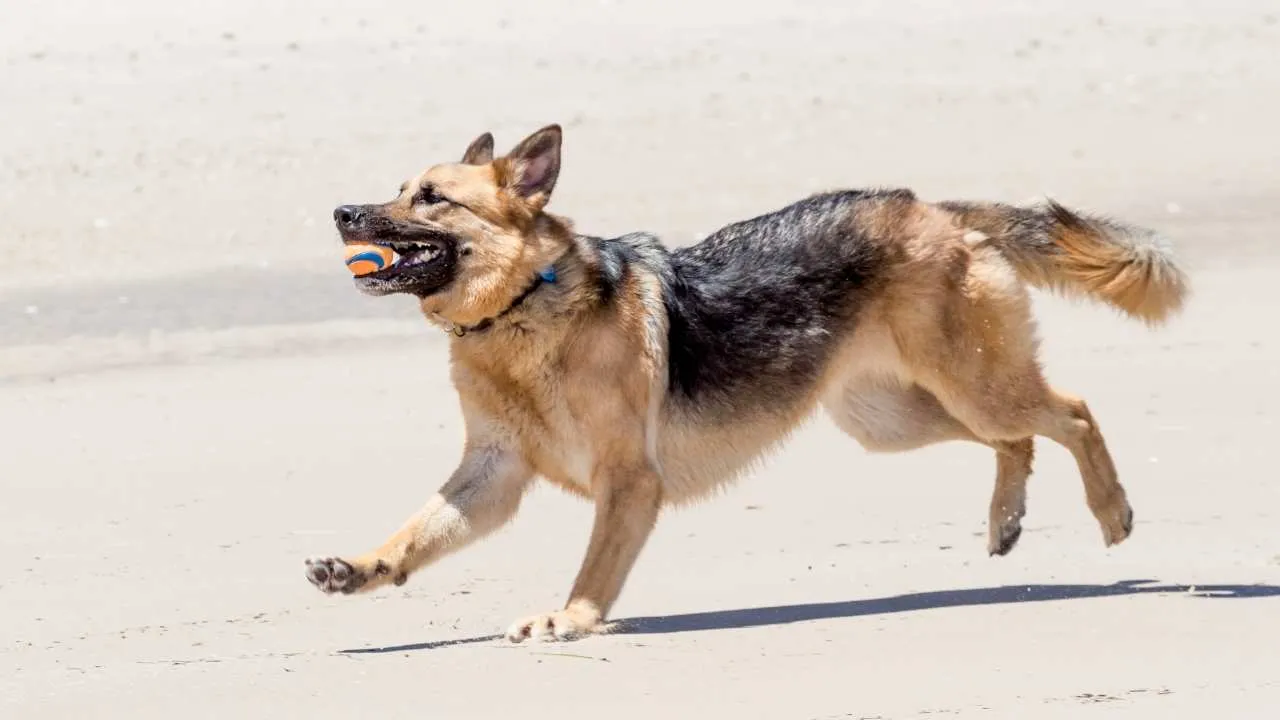
A German Shepherd is the ultimate guardian, treating their loved ones like VIPs who require constant protection. Their loyalty runs deep, and they take personal security seriously, standing watch with an intense gaze, always ready to act when needed.
These dogs are famously intelligent and thrive in structured environments. They excel in law enforcement, search-and-rescue, and service roles due to their sharp problem-solving skills. They don’t just follow commands; they anticipate what’s coming next with near-perfect accuracy.
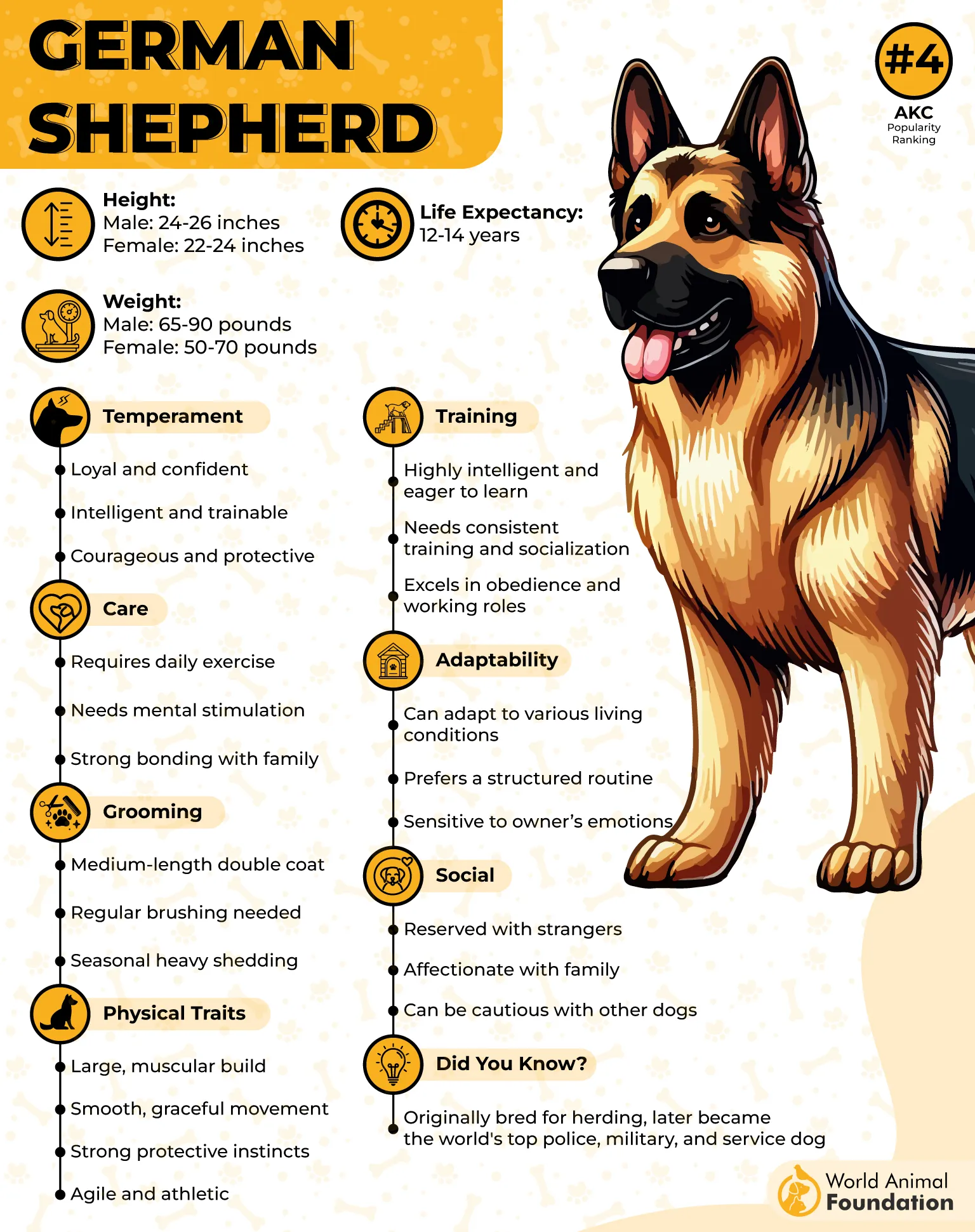
Daily exercise isn’t optional—it’s a necessity. Whether it’s agility drills, scent work, or long hikes, they need both physical and mental challenges. Without proper stimulation, their energy can turn into restless pacing, digging, or an unexpected obsession with household objects.
Shepherds shed heavily, so regular brushing is a must. Their thick double coat provides insulation but requires upkeep to prevent matting. Shedding season turns homes into fur-covered landscapes, making high-powered vacuums a best friend for German Shepherd owners.
While they are naturally protective, early training shapes their behavior. Proper socialization ensures they can distinguish between real threats and harmless situations. When trained correctly, they remain confident, calm, and controlled, making them reliable protectors in any environment.
Fun Fact
Rin Tin Tin, a German Shepherd rescued from a World War I battlefield, became Hollywood’s first canine superstar. His intelligence and charisma on screen launched an entire era of dog films, proving this breed’s incredible trainability and charm.
3. Labrador Retriever

A Labrador Retriever’s possessiveness isn’t about guarding—it’s about attachment. These dogs bond so deeply with their families that they follow them from room to room, determined never to be left behind. If they claim a spot on your couch, it’s theirs forever.
Labradors are natural-born swimmers built for water. Their webbed feet and thick, water-resistant coats help them glide effortlessly through lakes and pools. Once they discover the joy of splashing around, they’ll turn every puddle into their swimming arena.
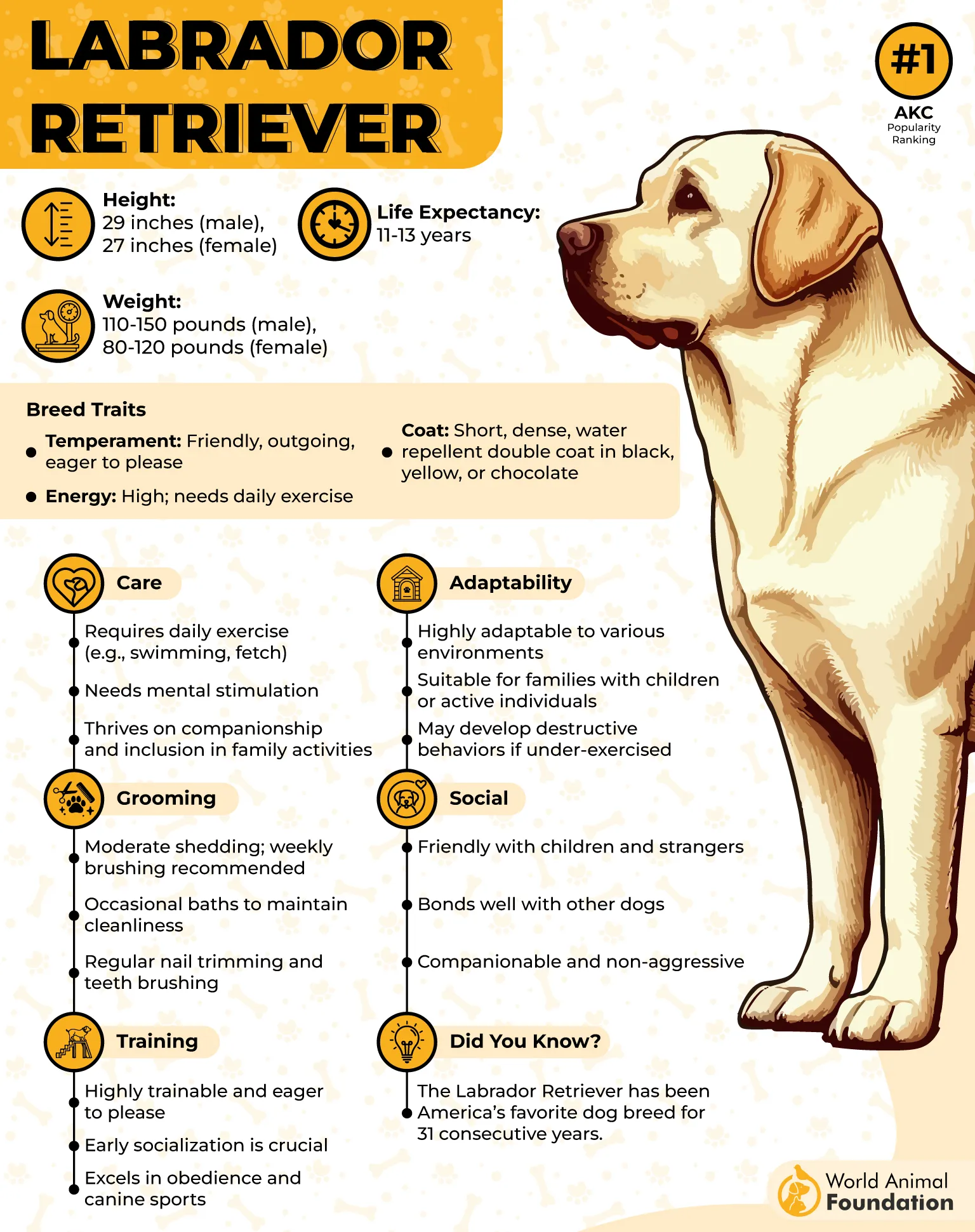
This breed has an unstoppable appetite. Labs act as if they’re always on the verge of starvation, making portion control essential. Left unchecked, they’ll devour anything in sight, including socks, shoes, and the occasional unattended sandwich on the kitchen counter.
According to WebMD, training a Labrador is a fun challenge. They’re eager to please but can be overly enthusiastic, especially as puppies. Their playful nature sometimes leads to accidental chaos, so consistent guidance keeps their boundless energy focused on learning rather than destruction.
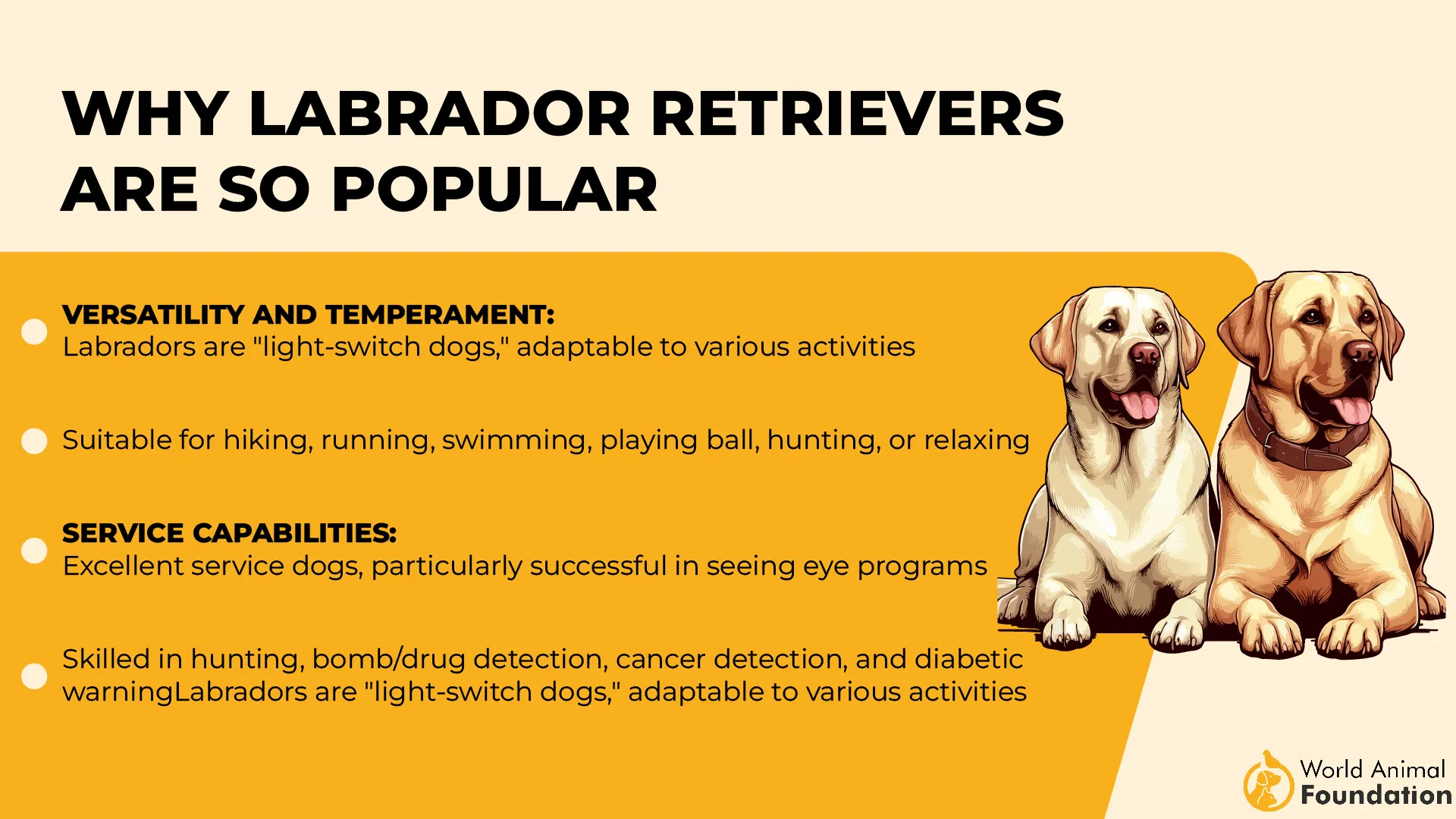
Labs thrive on social interaction. Whether greeting strangers with a wagging tail or seeking attention from family members, they crave connection. Their possessiveness isn’t territorial but emotional—they simply want to be part of everything happening around them at all times.
Fun Fact
Labradors have served as guide dogs, therapy dogs, and even search-and-rescue heroes. Their incredible ability to detect human emotions makes them some of the best emotional support animals, responding intuitively to stress, sadness, and excitement.
4. Chihuahua

Tiny but fearless, the Chihuahua forms intense attachments and guards its favorite person with unmatched devotion. This breed thrives on attention and isn’t afraid to assert itself, making it one of the most possessive dogs you’ll ever meet.
Despite its small frame, the Chihuahua bursts with energy and confidence. Regular walks and play sessions keep it happy, but its preference for being carried around makes it a favorite among urban dwellers who love a portable pet.
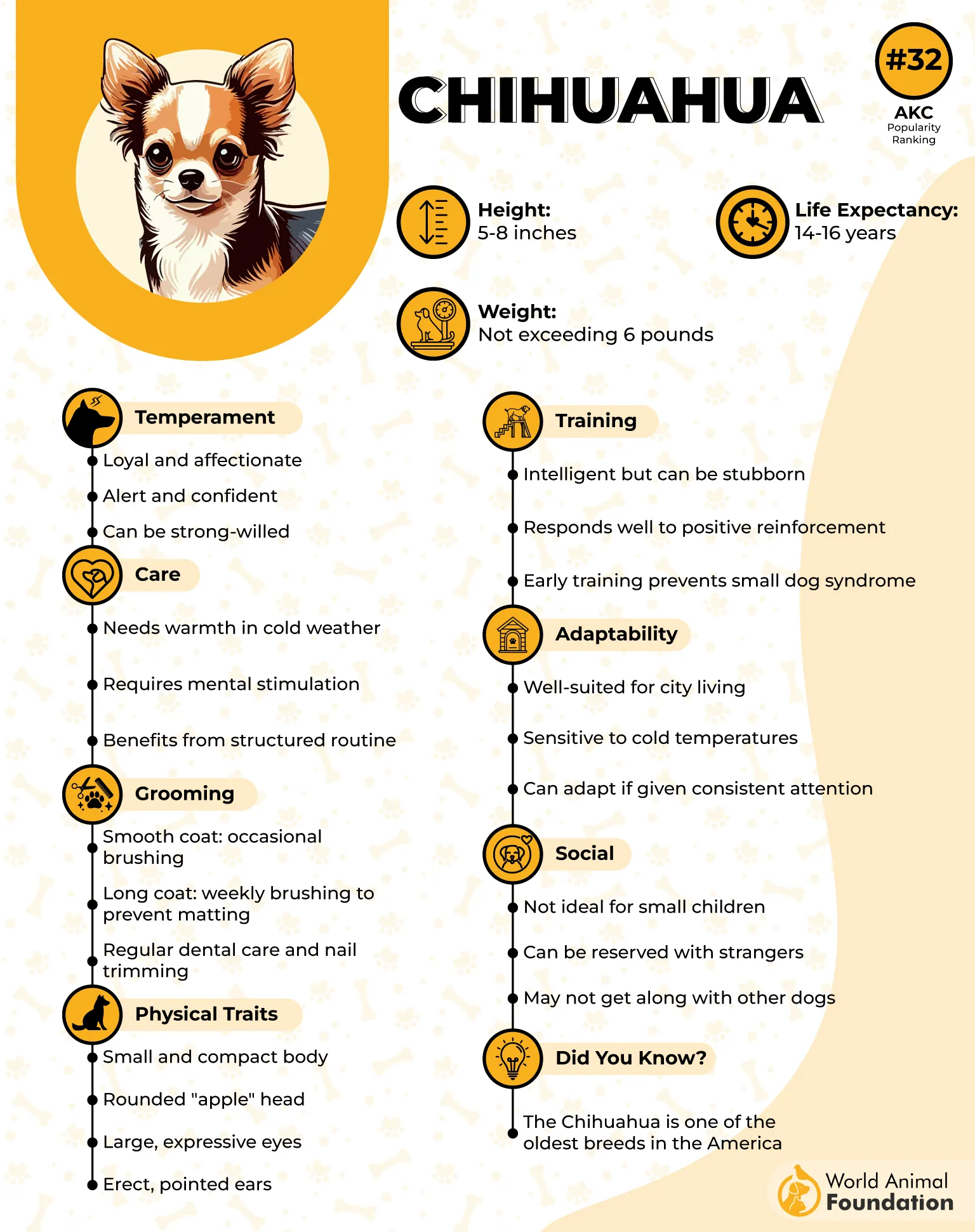
This breed’s sharp mind and eagerness to please make training rewarding, though patience is key. Socialization is essential to curb excessive barking and reduce suspicion toward unfamiliar faces. Early exposure to various environments strengthens their adaptability.
Chihuahuas have a surprisingly long lifespan, often reaching 15 years or more. Their small size means lower food expenses, but they require warm environments, as they dislike the cold and prefer snug blankets or heated spots.
Grooming needs vary by coat type. Short-haired Chihuahuas require minimal brushing, while long-haired ones need regular maintenance to prevent tangles. Regular dental care is crucial, as this breed is prone to dental issues, making teeth cleaning an absolute must.
Fun Fact
Chihuahuas have the largest brain-to-body ratio of any dog breed, making them exceptionally intelligent for their size. Their sharp instincts and quick learning abilities contribute to their strong-willed, sometimes stubborn, personalities.
5. French Bulldog
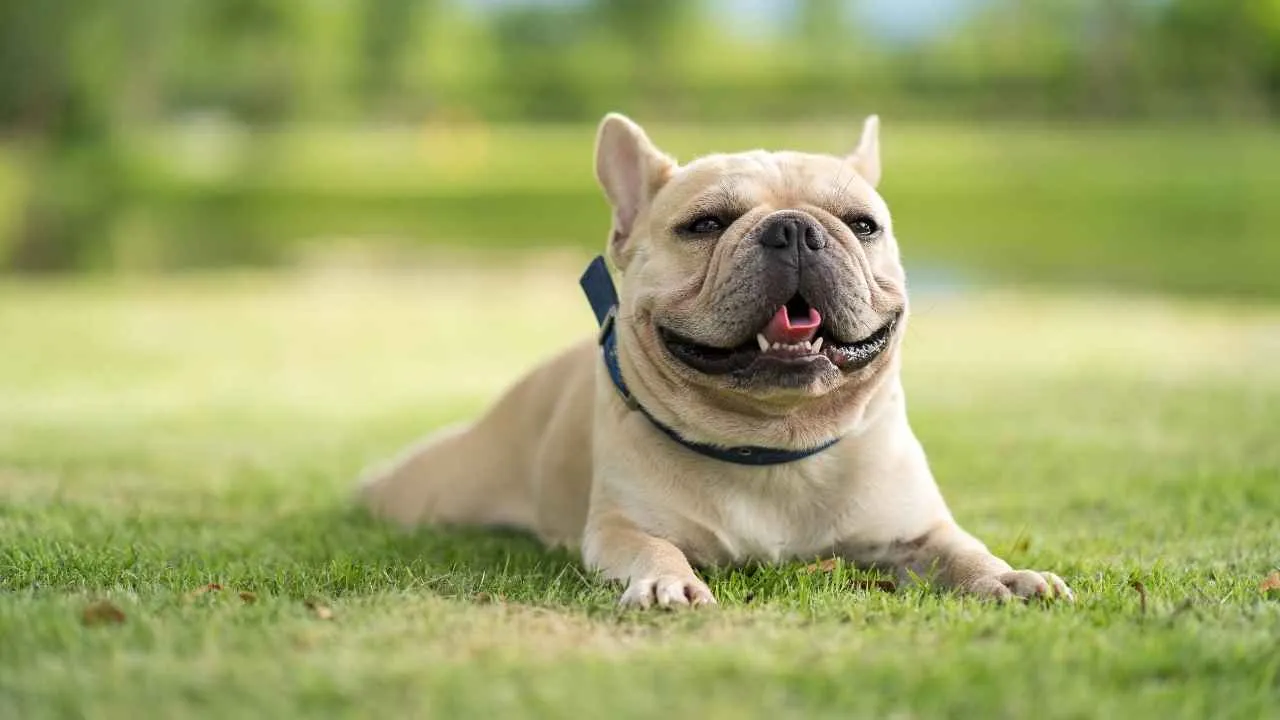
Stocky, muscular, and full of personality, the French Bulldog forms deep attachments to its family. Once bonded, this breed demands constant attention and dislikes being left alone, often following its owner from room to room.
Despite their playful and affectionate nature, French Bulldogs are not high-energy dogs. Short walks and indoor activities satisfy their exercise needs, making them an excellent choice for apartment living. Overexertion should be avoided due to their short snouts.
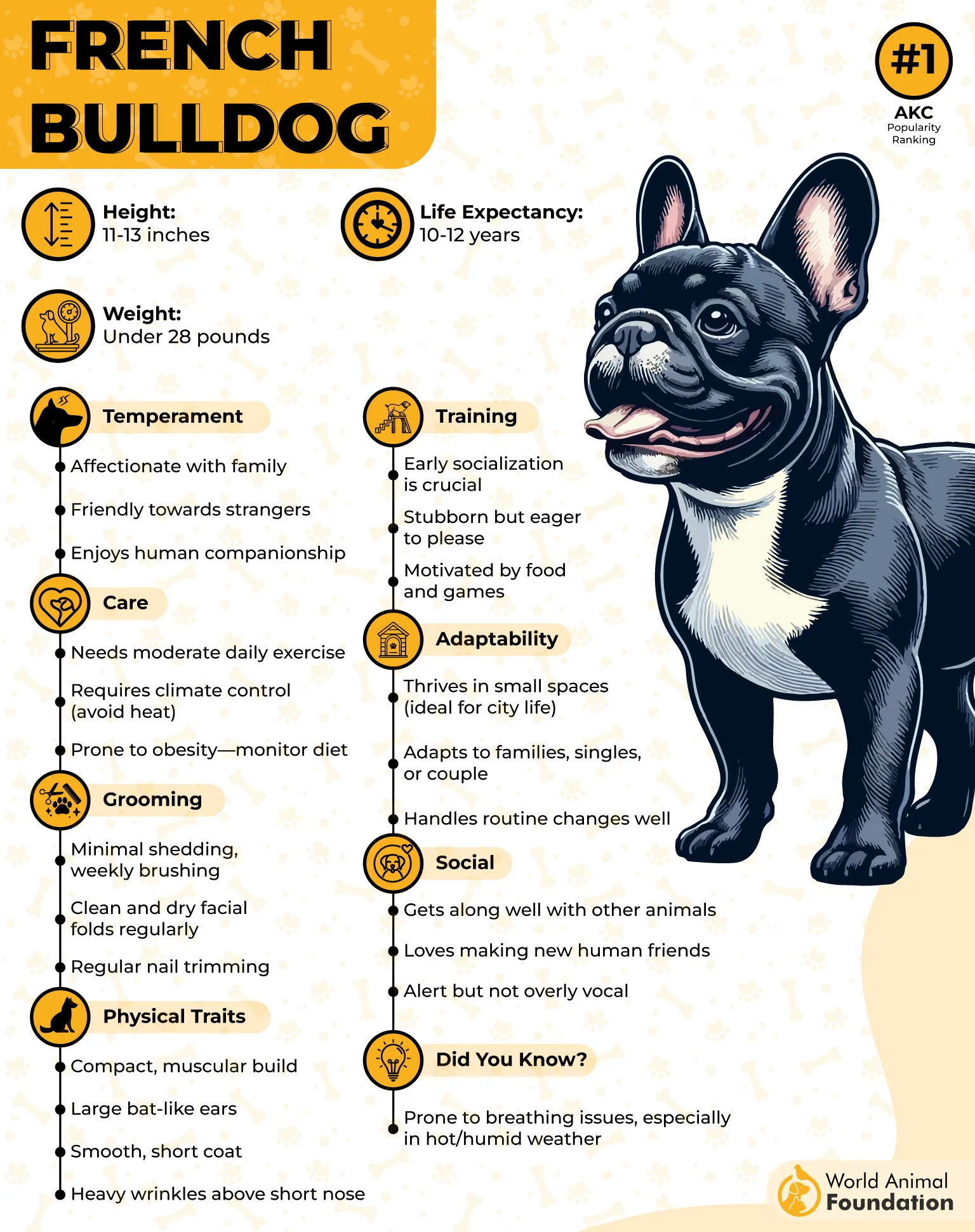
Their stubborn streak can challenge training, but positive reinforcement works wonders. Frenchies respond well to treats and praise, but consistency is key. They thrive on routine and enjoy structured learning sessions filled with fun and rewards.
French Bulldogs are prone to breathing difficulties, so air conditioning is a necessity in warmer climates. Their compact bodies also make swimming dangerous, requiring close supervision around water to prevent accidental drowning.

Minimal grooming keeps them looking sharp. Regular wiping of their facial folds prevents infections, and routine ear cleaning is essential. Shedding is moderate, but their short coats are easy to maintain with weekly brushing.
Fun Fact
French Bulldogs cannot reproduce naturally due to their body structure. Most require artificial insemination and C-section deliveries, making them one of the most expensive breeds to breed and raise.
6. Cocker Spaniel
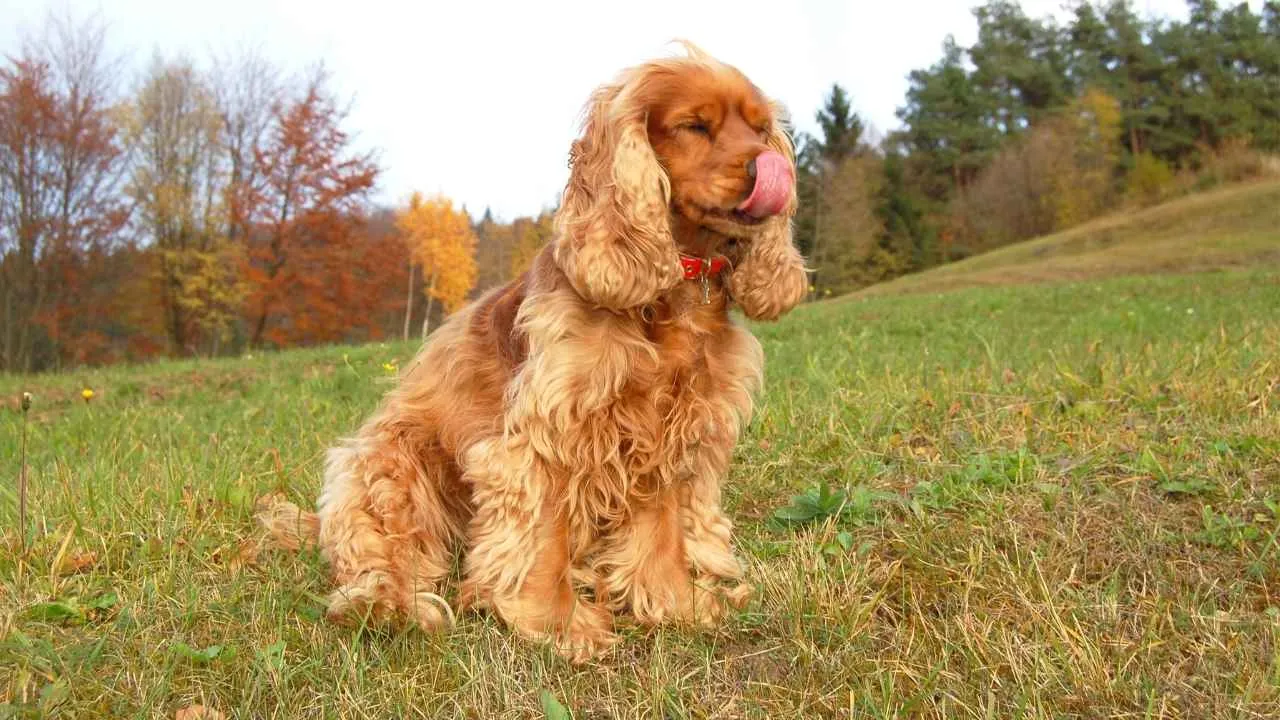
With its soulful eyes and silky ears, the Cocker Spaniel quickly steals hearts. This breed forms deep connections with its family, often shadowing its owners everywhere. Their strong desire to stay close makes them incredibly affectionate yet highly possessive.
Cocker Spaniels are natural athletes, thriving on physical activity. Long walks, retrieving games, and agility training keep them engaged. They excel in canine sports, showcasing impressive speed, agility, and obedience when given the opportunity to shine.
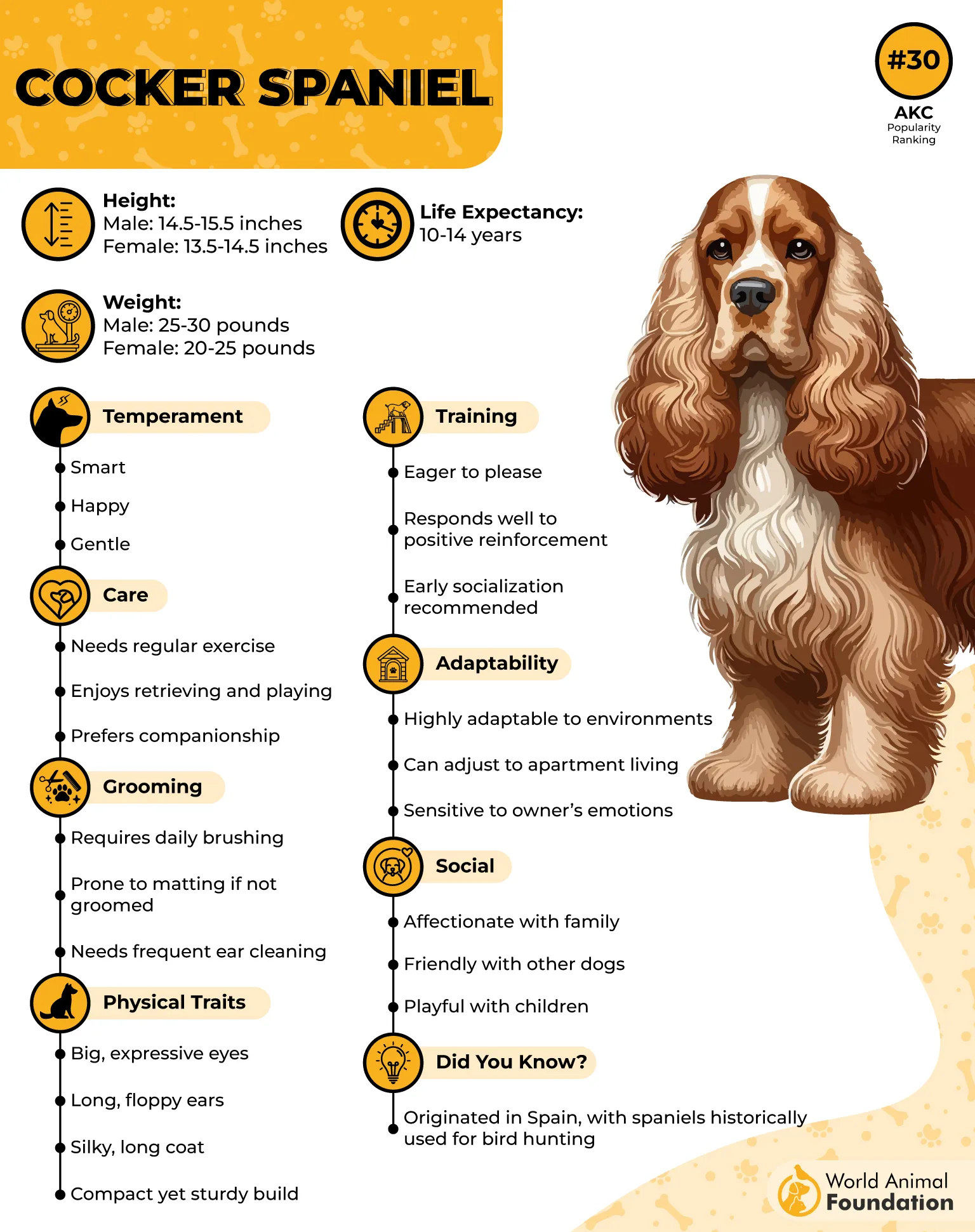
This breed’s sensitivity means harsh training methods don’t work. Instead, positive reinforcement and gentle corrections yield the best results. Early socialization prevents excessive clinginess, helping them develop confidence in various situations without unnecessary anxiety.
According to PetMD, their luxurious coat requires frequent upkeep. Regular brushing prevents matting, and professional grooming every few weeks maintains their elegant appearance. Ear cleaning is crucial, as their floppy ears trap moisture, increasing the risk of infections.
Cocker Spaniels are prone to separation anxiety if left alone too often. Crate training and interactive toys can help, but they thrive in households where companionship is constant. Their need for affection makes them happiest in loving, attentive homes.
Fun Fact
Cocker Spaniels were originally bred for hunting woodcock birds, which is why they are named “Cocker” Spaniels. Their keen sense of smell and retrieving instincts make them excellent hunting companions even today.
7. Pug
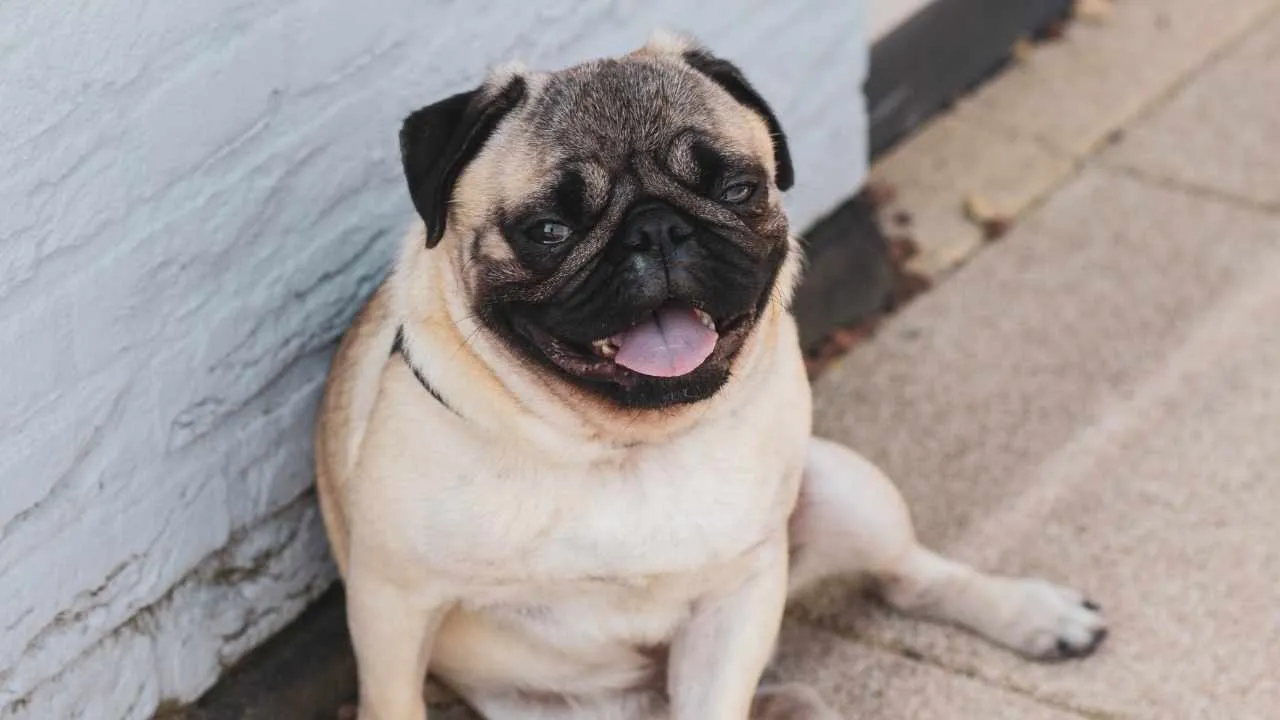
The Pug’s loyalty knows no bounds, making it one of the most possessive breeds. Once it chooses its favorite person, it demands undivided attention, using its expressive eyes and amusing antics to keep the spotlight firmly on itself.
Pugs love food, often more than anything else. Portion control is necessary to prevent obesity, as they gain weight easily. Regular exercise, including short walks and indoor play, keeps them fit without straining their compact, sturdy bodies.
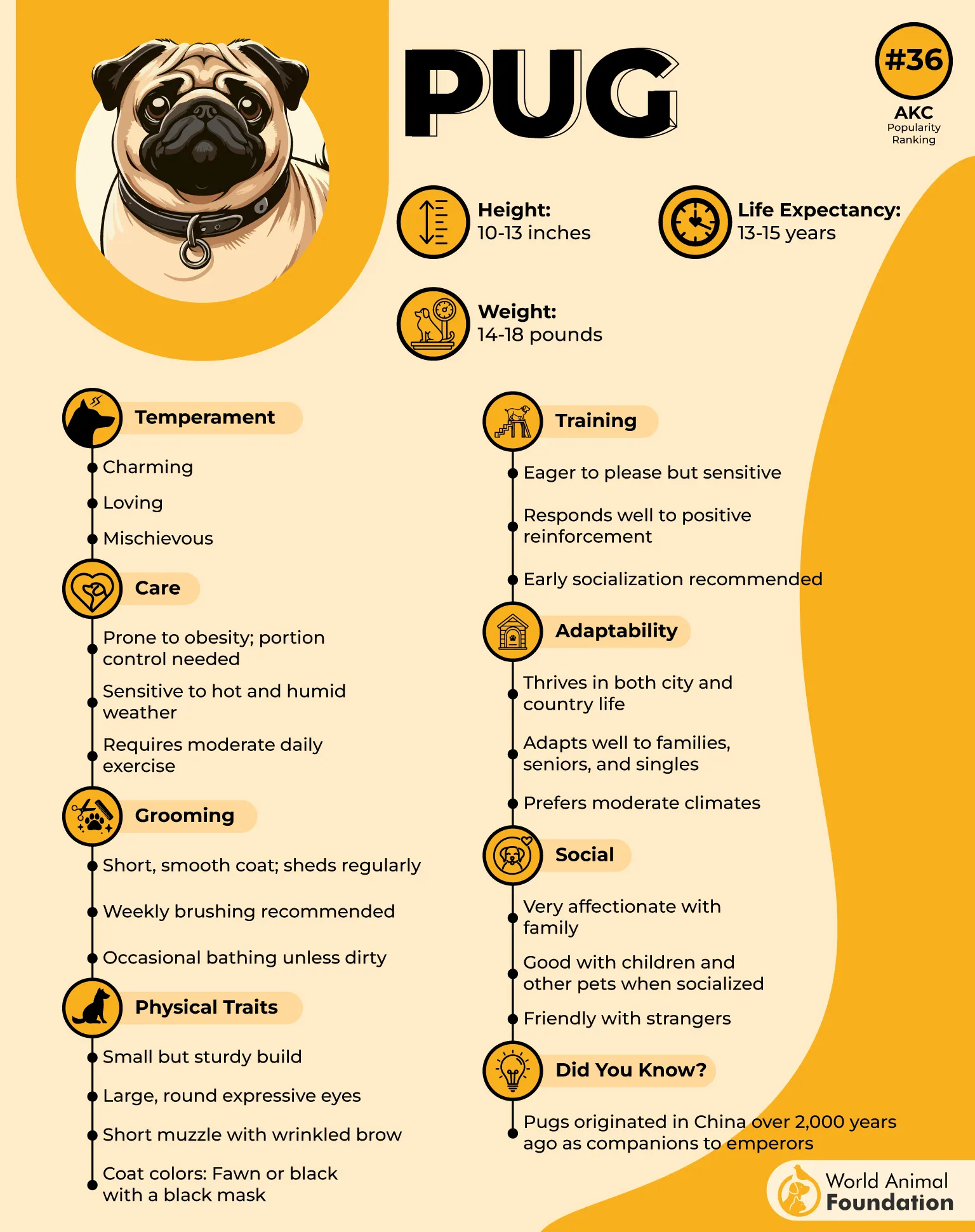
Training a Pug is all about patience and persistence. While eager to please, they can be stubborn. Keeping sessions short and rewarding makes a huge difference, ensuring they stay engaged and willing to follow commands consistently.
Their short noses make them prone to breathing difficulties, so humid or hot environments should be avoided. Overheating is a serious concern, meaning air-conditioned spaces and plenty of water are crucial during warmer months.
Minimal grooming is required, but their facial wrinkles demand regular cleaning to prevent infections. Shedding is year-round, so frequent brushing helps keep loose hair under control. Their coat may be low-maintenance, but their skin requires constant care.
Fun Fact
Pugs were once the chosen breed of Chinese emperors, living in luxurious palaces. They were so highly valued that some even had their own guards to ensure their safety and comfort.
Conclusion
Possessive dogs bring unmatched loyalty, but their strong attachment can lead to challenges. Jealous dog breeds often develop strong bonds and may display jealous behavior toward other dogs. Another example is the American Pit Bull Terrier, and their aggressive behavior can include guarding, excessive barking, or resisting strangers. While their devotion is endearing, it requires consistent training to ensure balanced behavior.
Early socialization and obedience training help manage their possessiveness. Setting boundaries, rewarding calm behavior, and exposing them to dog parks and different environments prevent unwanted guarding tendencies. Mental stimulation through training and interactive play transforms their protective instincts into positive traits, making them well-behaved, loyal dogs.
Understanding a dog’s possessive nature is key to maintaining harmony at home. With patience and guidance, their loyalty becomes a strength rather than a challenge. A well-trained possessive dog remains devoted while respecting boundaries. Most popular dog breeds also exhibit varying levels of possessiveness, making training essential.


